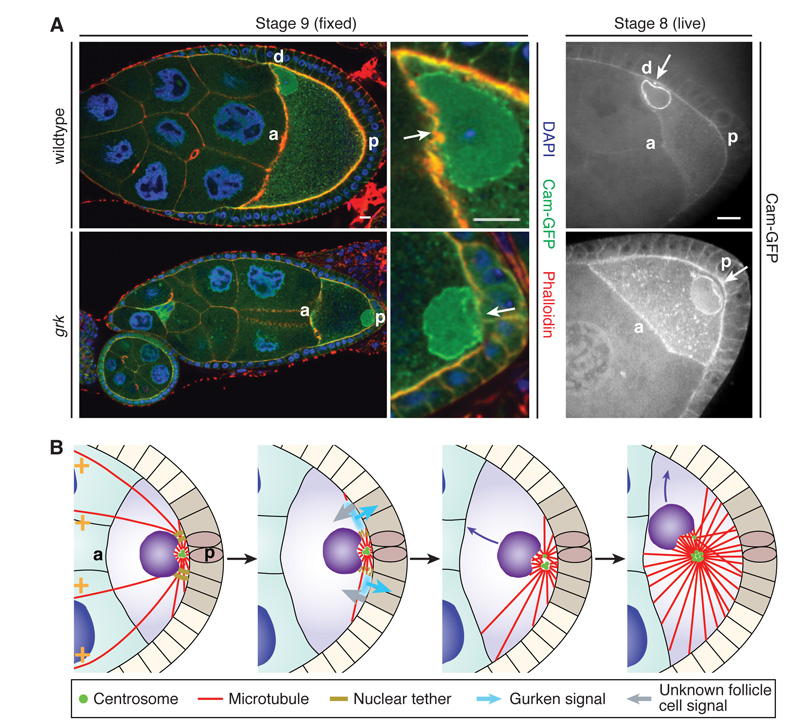Fig. 6. The nucleus is anchored to the posterior prior to migration.
(A) The nuclei often fail to migrate in grk2B6/grk2E12 mutants, but still have prominent posterior indentations (arrows), indicating that they are tethered at the posterior. a, anterior; p, posterior; d, dorsal; Scale bars, 10 μm. (B) A microtubule pushing model for nuclear migration. Before migration, the nucleus is tethered at the posterior with active centrosomes behind it (left panel). The posterior follicle cell signal induces the release of the nucleus from the tether, and growing microtubules then push the nucleus anteriorly (middle panels). This movement is essentially random and continues until the oocyte becomes wedged in an anterior corner (right panel).

